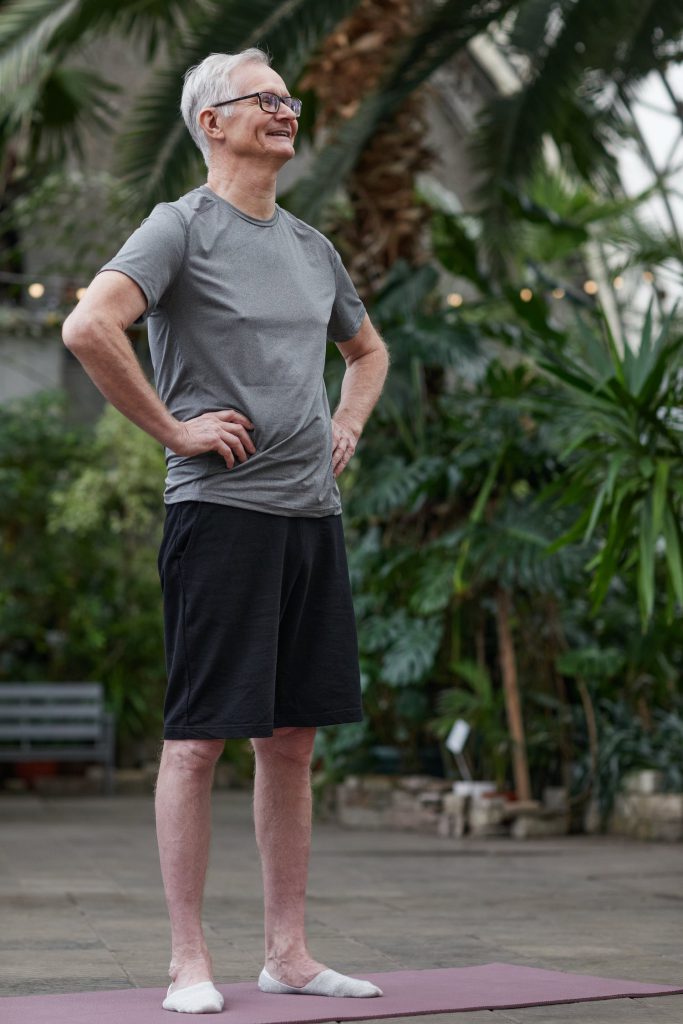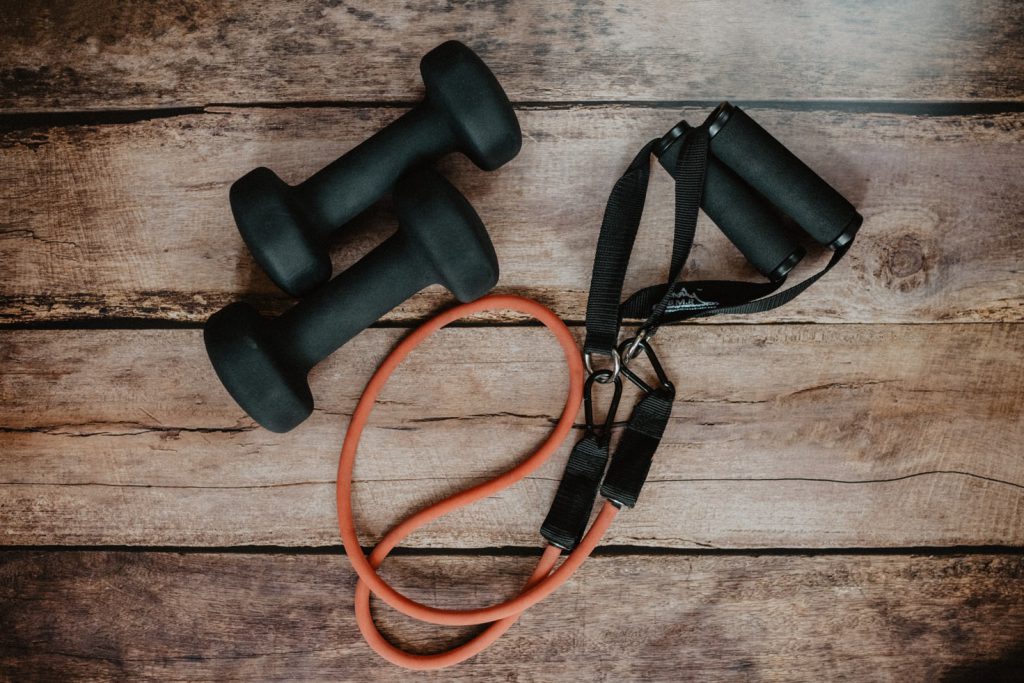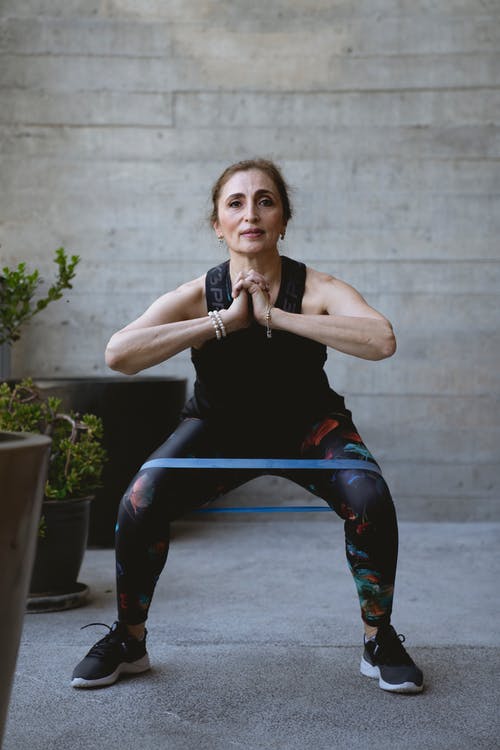5 Reasons Strength Training Is Key for Active Aging (And How to Try It)
No matter your age, strength training is an effective way of caring for your body. But as we get older, it becomes even more essential.
Over time, our bodies’ lean muscle mass naturally diminishes, a process that begins for most folks as early as age 30. At that point, it’s common to lose as much as three to five percent of your lean muscle per decade, according to Harvard Medical School. We at Physio Physical Therapy know strength training can help prevent that — and that the spillover benefits are good for more than just your muscles.
One study, published in the Journal of Strength and Conditioning Research, found that strength training and resistance-based exercises, when done two to three times a week, can help counteract mobility loss and chronic disease, as well as extend your lifespan. Another study concluded that just 30 minutes of twice weekly strength training reversed the effects of osteoporosis in postmenopausal women.
But the benefits don’t stop there. Below, we walk through a few more reasons strength exercises for older adults are so important for anyone wanting to maintain an active, independent lifestyle.
5 ways active, aging adults benefit from strength training

1. It’s good for mental and cognitive health.
For those with mild to moderate depression, twice-weekly strength training exercises can improve symptoms, one study found. Other studies indicate that those who lift weights are less likely to develop depression in the first place.
Beyond easing the symptoms of depression and anxiety, strength training has also been shown to improve brain functionality in older adults who face cognitive decline. A study published in the Journal of American Geriatrics found that, for those between the ages of 55 and 86 with mild cognitive impairment, twice-weekly weight training significantly improved their cognitive test scores.
2. It’s good for sleep.
The older we get, the more susceptible we become to insomnia, with as many as 50% of adults over the age of 60 experiencing difficulty falling or staying asleep. A review of studies on resistance-based exercises found that strength training is linked to improved sleep quality, particularly for middle-aged and older adults with sleep problems.
3. It’s good for balance.
As we age, doing what we can to protect ourselves from becoming fall risks is critical. A study done on adults between the ages of 65 and 82 found that those who strength trained consistently over a 12-week window significantly improved their balance. Additional studies have shown that strength training can improve coordination and posture, too, both of which also reduce the likelihood of a fall.
4. It’s good for losing, and keeping off, weight.
Thanks to something called the “after-burn effect,” strength training has been shown to engender more weight loss than aerobic exercise alone. That’s because increasing your muscle mass increases your body’s resting metabolic rate, so that you continue burning fat long after your trip to the gym is over.
5. It’s good for your joints.
Strength training supports and protects joints, and it also eases pain and stiffness. That makes it an especially useful treatment for those dealing with arthritis, according to Harvard Medical School.
How to strength train

Whether at home, the gym or the park — as an Asheville, NC, physical therapy group, we’re fans of getting outdoors! Strength training can be done from anywhere, depending on which exercises you’re doing and what equipment is involved. Common strength-training tools include:
- Free weights, like barbells, dumbbells, medicine balls and kettlebells
- Weight machines, like those found at most gyms and fitness centers
- Suspension training or resistance tubing, both of which use cables that can be cheaply purchased online
- Your own body weight
Want to easily try out strength training for yourself — no gym membership or costly equipment required? Below are five body weight-based strength building exercises that are as effective as they are accessible.
5 equipment-free exercises for strength training
1. Side plank
For improved shoulder strength and core stability, planks are a sure bet. With your elbow propped directly beneath your shoulder, lie on your side stacking either the sides of your feet or, for an adjusted version, the sides of your knees on the floor. While squeezing your core, lift your hips off the ground and, turning your body into a straight, downward-sloping line or “plank,” hold this position for as long as you can. Then, lower your hips and repeat this exercise on the opposite side.
2. Squats

Squats will ensure you can continue doing things that use core and lower-body strength — like climbing stairs, getting out of chairs easily and bending down to hug a grandchild — for years to come.
At home, or somewhere else you can access a chair? Put it directly behind you, place your feet a bit wider than shoulder-width apart, and extend your arms straight ahead, parallel to the ground. Now, bend your knees and slowly lower yourself; try to avoid sitting fully on the chair, if possible, and instead hover just above it for a beat. Then, squeeze your glutes and push up through your feet to return to a standing position. Repeat.
3. Step-ups
Step-ups are excellent for improving balance, and they’ll help you do things like step on and off curbs with confidence. (And if you’re seeking a bit more of a workout, they can also easily be kicked up a notch with handheld weights!)
Standing in front of an elevated surface, like stairs or a raised platform, step up with your right foot, pressing through the heel to straighten your right leg. Now, bring your left foot to meet your right. Bending your right knee, step down with your left foot before bringing your right foot back down to the ground, as well. Repeat for multiple repetitions, then switch and do this same exercise with your left foot in the lead.
4. Wall slides
For improved hip and knee strength — as well as a great way to keep your posture in check — stand with your back one to two feet away from a wall. With your feet under your hips, lean your upper back, shoulders, arms, head and hips against the wall. Now, bending your knees, lower your body to a 90-degree angle, as though you had an invisible chair beneath you. Hold, then raise back up and repeat.
5. Stationary lunges
Lunges are key for preserving quad strength the older we get — which, in turn, is key for protecting balance and mobility. They’re also an exercise that can help you stand for longer stretches of time without tiring. To do a lunge, simply stand with your hands on your hips, or with your arms at your side. With your feet shoulder-width apart, step forward with your right leg until your right knee is making a 90-degree angle to the ground, being careful to not let your knee extend past your ankle. Then, return to your initial starting position and perform the same movement with your left leg. Voila!
Ready to protect, or resume, your active lifestyle? Make an appointment today with one of our physical therapy and wellness experts. We’d love to hear from you!
